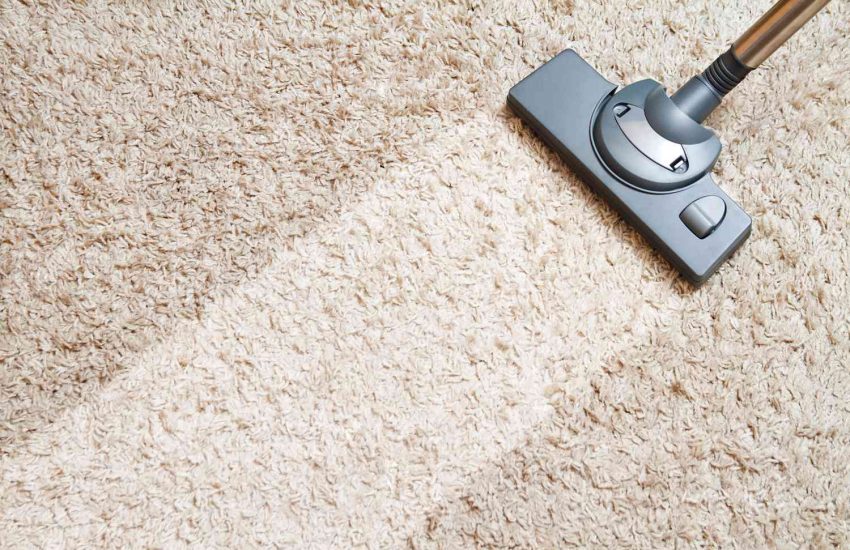Marble is a stunning and luxurious natural stone, but its extraction and use can have negative environmental consequences. The unique allure of marble has long made it a symbol of magnificence.
However, with an increasing awareness of sustainability and environmental impact, alternatives are becoming more popular. There are a variety of sustainable and aesthetically pleasing alternatives to marble, allowing eco-conscious individuals and designers to enhance their spaces while treading lightly on the environment.
By combining recycled materials with innovative composites, we redefine elegance with a commitment to sustainability. Check out this article if you’re wondering what the eco-friendly alternative to marble is.
What Are More Sustainable Alternatives to Marble?
In recent years, the marble industry has become extremely unfriendly to the environment. As we become more aware of the need for sustainability, we should choose wisely to minimise our negative impact on the planet. Here are some options to consider when looking for a sustainable alternative to marble:
Quartz
Crushed stone (usually quartz) is combined with resin and pigments to create engineered quartz countertops and surfaces. They replicate the appearance of natural stone, such as marble, but are more durable and require less maintenance. Because quartz isn’t mined from the earth, it’s more environmentally friendly than marble. Since they are non-porous and resistant to stains, harsh cleaning chemicals can be reduced. Furthermore, quartz requires less maintenance than marble, reducing household waste and energy usage.
Porcelain
Another more sustainable alternative to marble is porcelain, which is made from clay, a natural material that is abundant and renewable. Porcelain is also non-porous, so it resists stains and bacteria. Tiles made of porcelain are an excellent alternative to marble for flooring, countertops, and walls. Many of them feature marble-like patterns.
Recycled Glass
Since recycled glass comes from post-consumer and industrial waste glass, it’s a more sustainable alternative to marble. New products made from recycled glass require less energy and waste. In addition, recycled glass is durable and easy to clean, making it a practical and eco-friendly choice for countertops.
Terrazzo
Terrazzo typically consists of crushed glass, porcelain, and other aggregates mixed with a binding agent, which makes it a sustainable material. In addition to using recycled materials, this material is long-lasting, which reduces maintenance costs. As well as being available in a variety of colours and patterns, terrazzo can be used for bathroom flooring, countertops, and other surfaces.
Sintered Stone
This stone is made from a combination of eco-friendly materials, including quartz, porcelain, and glass. When they are fused under high pressure, a solid surface is created. The material is a suitable and sustainable alternative to marble whether you’re using it in the living room, the kitchen, or the bathroom. Unlike marble, sintered stone is completely made of recycled materials and does not require mining. There is a much smaller carbon footprint, and it is very easy to clean, while the majority of the time, marble surfaces require the services of a professional cleaning company.
Considering sustainable marble alternatives, it is important to take into account its durability, maintenance requirements, and environmental impact. Always look for certifications/stamps that can help you identify environmentally friendly products.
What Are the Benefits of Choosing Eco-Friendly Materials?
Marble mining naturally contributes to a significant amount of environmental pollution. As individuals, we can play a role in preventing this by making more sustainable choices.
- Firstly, it reduces the impact we have on the environment. Eco-friendly materials are typically made from renewable or recycled materials and have a lower carbon footprint. Choosing eco-friendly materials helps preserve natural resources as well.
- To create healthier living spaces, eco-friendly materials are also important. Traditional building materials contain harmful chemicals and pollutants that can negatively impact indoor air quality and cause health problems. These compounds are rarely found in eco-friendly materials.
- Aside from that, it’s more energy efficient. It is possible to improve the energy efficiency of buildings and structures by using environmentally friendly materials. Insulation, energy-efficient windows, and doors, for example, reduce heating and cooling costs, leading to lower energy bills and, in turn, reducing environmental impact.
- The use of eco-friendly materials can also reduce long-term costs. Due to their durability, reduced maintenance needs, and improved energy efficiency, eco-friendly materials often provide a return on these costs. It can save you a lot of money.
- Marble can lose its shine over time due to wear and tear. It is possible to polish marble surfaces professionally to restore their lustre, but these services can be pretty expensive.
- Finally, eco-friendly materials can help companies demonstrate their commitment to sustainability as part of corporate responsibility. By doing so, they are able to improve their reputation as well as appeal to environmentally conscious people.
How Marble Impacts the Environment
Metamorphic rocks such as marble are formed when limestone is heated and pressured. Therefore, marble quarries are typically found in mountainous areas, where large-scale mining operations extract the rock. Mining marble from the earth produces a significant amount of pollution. According to the UN Environment Programme, marble is one of the world’s most polluting industries.
Marble’s biggest environmental concern is its carbon footprint due to the amount of carbon dioxide emissions produced during extraction. In addition, the transport phases of the supply chain contribute to the carbon footprint. Marble is a heavy material, so transporting it from the quarry to the point of sale requires a lot of fuel. As society pivots to a more sustainable way of living, many people are looking for alternatives to marble in their homes.
Final Thoughts
As we conclude our exploration of alternatives to marble, it becomes clear that interior design and construction are evolving in harmony with environmental concerns. These alternatives not only offer exquisite aesthetics but also align with our environmental responsibilities.
We can create spaces that are not only beautiful but also kinder to the environment by choosing sustainable materials. The embrace of these alternatives demonstrates our commitment to a more ethical, sustainable, and visually appealing world.



